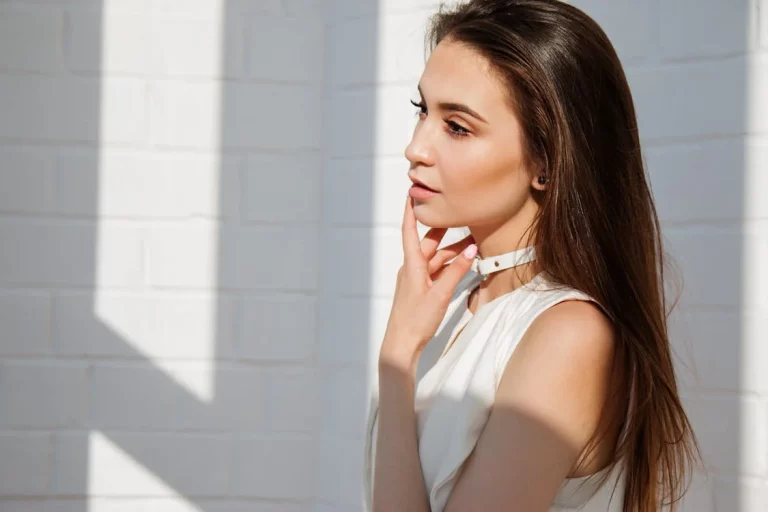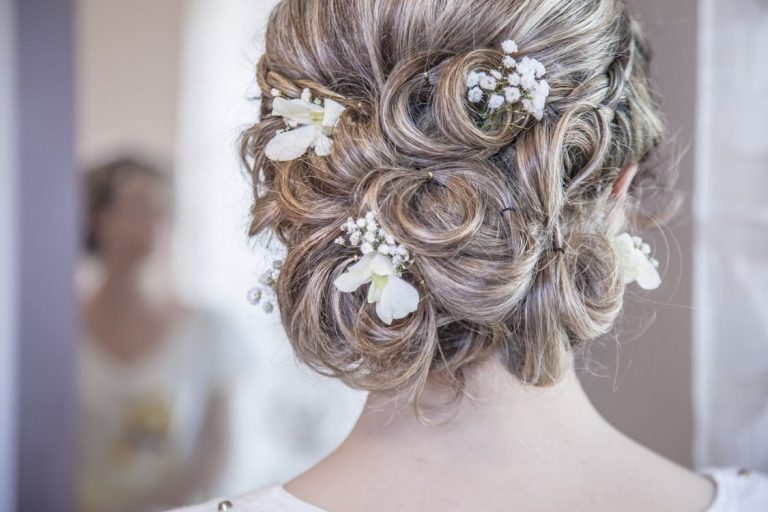Raw vs. Virgin Hair: Decoding the Differences and Determining the Best Choice for You

When it comes to hair extensions, the discussion surrounding raw versus virgin hair rivals the ongoing debate over jollof rice. Navigating the realm of hair extensions can be daunting, with terms like synthetic hair, remy hair, human hair, virgin hair, mixed blends, and raw hair often used interchangeably but incorrectly. In this comprehensive guide, we aim to unravel the significant disparities between Raw Hair and Virgin Hair, shedding light on how they can influence your styling choices and overall satisfaction. Below, we delve into the distinctions between raw and virgin hair extensions, equipping you with the knowledge to make a well-informed decision based on your lifestyle and styling preferences.
Understanding Raw Hair Extensions:
Raw Hair is a term coined by hair experts to denote authenticity and purity. Sourced directly from real human hair donors, often from Southeast Asian countries, it is entirely free from chemical processing and synthetic additives. Raw hair material is collected from individual donors, maintaining its natural integrity, texture, and color. This means that each bundle boasts unique characteristics, making it almost indistinguishable to the untrained eye. Raw hair is particularly popular among celebrities and in the medical field for its suitability in medical wigs. Despite its qualities, it’s important to note that the term “Virgin Hair” is often misused globally and fails to accurately represent truly virgin or pure hair.
Exploring Virgin Hair Extensions:
Virgin hair extensions are often marketed as being crafted from pristine, untouched human hair. However, they frequently lack transparency regarding their origins, including the source of the hair and the number of donors involved. Despite the name, “virgin” hair undergoes extensive chemical processing to achieve certain styles, such as body waves or deep curls. Made from “goli hair,” which is collected from various sources like drains, combs, and floors, this type of hair often has misaligned cuticles, making it prone to tangling. To address tangling, manufacturers subject the hair to acid baths, which strip the outermost layer of the cuticle. While this process reduces tangling, it also compromises the hair’s natural health and shine. To temporarily enhance appearance, factories coat the hair with heavy silicones, which wash out after a few uses, leaving the hair brittle and lackluster.
Comparing Raw and Virgin Hair Extensions:
Several factors come into play when evaluating raw and virgin hair extensions:
Authenticity and Variation: Raw hair extensions offer authenticity and individuality with intact cuticles, while virgin hair extensions provide a consistent appearance.
Longevity and Maintenance: Raw hair extensions may require meticulous care but can last several years, whereas virgin hair extensions often experience severe tangling after washing.
Versatility and Styling Options: Both raw and virgin hair extensions can be styled to suit various preferences, but virgin hair may struggle to hold curls due to its silicone content.
Price and Investment: Raw hair extensions typically command a higher price due to their purity and longevity, while virgin hair extensions may seem cheaper initially but require frequent repurchasing.
Conclusion:
While the debate between raw and virgin hair extensions continues, the choice ultimately depends on your personal preferences, styling needs, and budget. If you prioritize authenticity, quality, and are willing to invest in maintenance, raw hair extensions offer a long-lasting experience. By understanding the differences between these options, you can confidently select the ideal extensions to enhance your natural beauty and express your unique style.



